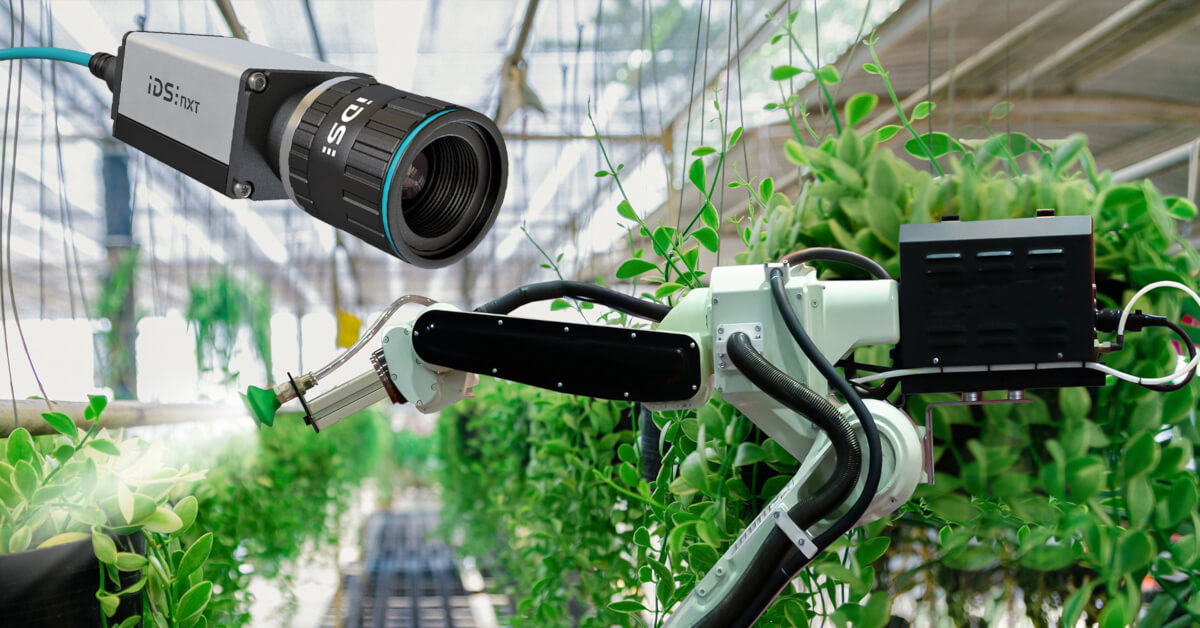8 Myths Of Wireless Networking
Wireless networking, Wi-Fi, Internet signals – whatever term you use, it means sharing information between computers or devices that are not connected through cables or wires. Information is instead converted to radio signals and transmitted through the air.
“It’s becoming more and more practical and commonplace with many benefits,” said Bill Moffitt, president of Ayrstone Productivity, a provider of devices that enable wireless farm networking. “However, there are misperceptions that may prevent farmers and ranchers from taking full advantage of Wi-Fi opportunities on their operations.”
Below, Moffitt identifies outdated perceptions and explains the truth behind each myth.
MYTH: I need a lot of power behind my wireless network to get it to work outside my house’s walls.
FACT: According to FCC rules, each Wi-Fi access point can have at most one watt of power. That’s about the amount of power put out by a hand-held flashlight. A clear line of sight is much more important than the power level. It’s necessary to put your Wi-Fi signal transmitter (or access point) outside, up high, with a clear line of sight to the devices that need to receive that signal.
MYTH: Wireless signals can only travel through the space in my house, maybe outside on the porch if I’m lucky.
FACT: The average home router is not designed to reach beyond the home. However, if you follow the placement advice for your transmitter mentioned previously, and you create another access point with another Wi-Fi device to communicate with it, your wireless network can have a range of two and a half miles. If you add even more access points, you can increase your range to up to seven and a half miles.
MYTH: All wireless networks are the same.
FACT: There are different types, and which one you choose depends on what your objective is. Some provide decent bandwidth (the speed of service, or number of bits per second you can squeeze through the signal) at further distances, while others sacrifice range to increase the bandwidth. It just depends on what you want and need.
MYTH: Everyone needs to have a massive amount of bandwidth.
FACT: It’s important that you have enough, but for most farmers and ranchers, a megabit per second or two is enough. They collect information from wireless devices around the farm such as weather stations and barn cameras, download precision agriculture data, browse the Internet, check email, etc. Most don’t need a huge amount of bandwidth.
MYTH: A wireless network is really difficult to set up.
FACT: That used to be true, when outdoor networks were strictly for professional use and required expertise to manage the complex systems. But now, it is an extremely simple system to set up and use. The hardware interface has been simplified to the point where all you need to do is plug it into a router. It creates a Wi-Fi access point and it self-configures, which means that if you set up another access point they automatically link to each other and increase your range.
MYTH: Wireless connections aren’t as secure as wired connections – someone can break into my data.
FACT: While that may be theoretically true, the use of strong passwords prevents any intrusion on a small network. Assuming the password cannot be easily guessed, the modern, secure encryption standard that most companies use offers maximum protection.
MYTH: I have a smartphone, so I don’t need Wi-Fi access in my farm buildings and while I’m out in my fields.
FACT: Unfortunately a lot of rural areas are still without strong cellular data signals, so getting online via your smartphone on a cell signal may be difficult or impossible depending on where you are. And it can be painfully slow compared to having that smartphone on a Wi-Fi signal. Another benefit to using a Wi-Fi network is you can access all your farm data and information from anywhere without paying additional cell phone charges. Especially for the transfer of precision agriculture data, Wi-Fi is the future.
MYTH: Wi-Fi is so fantastic it can replace all my wired connections.
FACT: While wireless technology has significantly improved, it is still not as reliable as hard-wired connections. There are benefits to both technologies, and they can also work together to provide farmers and ranchers with the best of both worlds.
“I encourage farmers and ranchers who have doubted the applicability of wireless technology for their operations to revisit their thinking based on a better understanding of these myths and facts,” Moffitt added.
Source: AgPR






